Enhancing physiological metrics, yield, zinc bioavailability, and economic viability of Basmati rice through nano zinc fertilization and summer green manuring in semi-arid South Asian ecosystem
- PMID: 38023846
- PMCID: PMC10644410
- DOI: 10.3389/fpls.2023.1283588
Enhancing physiological metrics, yield, zinc bioavailability, and economic viability of Basmati rice through nano zinc fertilization and summer green manuring in semi-arid South Asian ecosystem
Abstract
During the summer and rainy seasons (April-October) of 2020 and 2021, two consecutive field experiments were conducted at the research farm of the ICAR-Indian Agricultural Research Institute, New Delhi, India. In this study, we examined the effects of summer green manuring crops (GM) and a variety of zinc fertilizers (ZnF) on Basmati rice (Oryza sativa L.) growth, physiological development, yield response, zinc nutrition and economic returns. A combination of GM residues and nano zinc fertilization helped significantly enhancing Basmati rice's growth and its physiological development. Following the incorporation of Sesbania aculeata (Sesbania), successive Basmati rice physiological parameters were significantly improved, as well as grain, straw, biological yields, harvest index and economic returns. The highest Zn content of 15.1 mg kg -1 and the lowest of 11.8 mg kg -1 in milled rice grain were recorded in Sesbania green manuring (G2) and control i.e., in the fallow (G1), respectively. Coating onto urea with 0.2% nano zinc oxide (NZnCU) was observed to be more effective than other zinc sources in terms of growth parameters, yield attributes, zinc nutrition, grain and straw yields for succeeding Basmati rice crop; however, the effects were comparable to those of bulk zinc oxide-coated urea (BZnCU) of 1%. The highest Zn content of 15.1 mg kg -1 was recorded with the application of 1% BZnCU and the lowest of 11.96 mg kg -1 with the soil application of 5 kg Zn ha -1 through bulk ZnO in the milled rice grain. Application of 1% BZnCU led to a 26.25% increase in Zn content of milled rice grain compared to soil application of 5 kg Zn ha -1 through bulk ZnO. As a result, the combination of inclusion of Sesbania aculeata (Sesbania) residue and 0.2% NZnCU was identified as the most effective treatment, for Basmati rice growth and physiological development. A combination of nano Zn fertilization in conjunction with the incorporation of green manure can be advocated for better growth, physiological performance, zinc dense grains, and higher profitability of Basmati rice for farmers and consumers.
Keywords: economics; green manuring; growth; nano Zn; yields; zinc biofortification.
Copyright © 2023 Baral, Shivay, Prasanna, Kumar, Srinivasarao, Mandi, Nayak and Reddy.
Conflict of interest statement
The authors declare that the research was conducted in the absence of any commercial or financial relationships that could be construed as a potential conflict of interest.
Figures
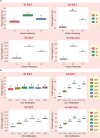
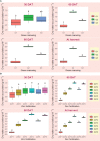
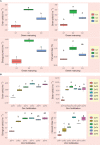
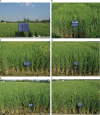

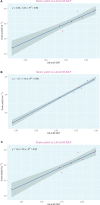

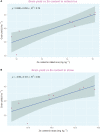
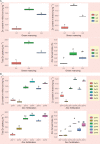
References
-
- Abdullah B., Niazi M. B. K., Jahan Z., Khan O., Shahid A., Shah G. A., et al. . (2022). Role of zinc–coated urea fertilizers in improving nitrogen use efficiency, soil nutritional status, and nutrient use efficiency of test crops. Front. Envi Sci. 10. doi: 10.3389/fenvs.2022.888865 - DOI
-
- Alloway B. J. (2008). Zinc in soils and crop nutrition. 2nd ed. (Brussels: International Zinc Association; ).
-
- APEDA . (2023). Available at: https://apeda.gov.in/apedawebsite/SubHead_Products/Basmati_Rice.htm (Accessed 15 January, 2023).
-
- Baral K., Kumar D., Shivay Y. S. (2019). Effects of ZnO nano–particles embedded nitrogen, phosphorus and potassium fertilizer on productivity, physical grain quality and nutrient harvest indices of aromatic rice (Oryza sativa). Indian J. Agron. 64 (4), 520–523.
LinkOut - more resources
Full Text Sources
Research Materials
Miscellaneous

